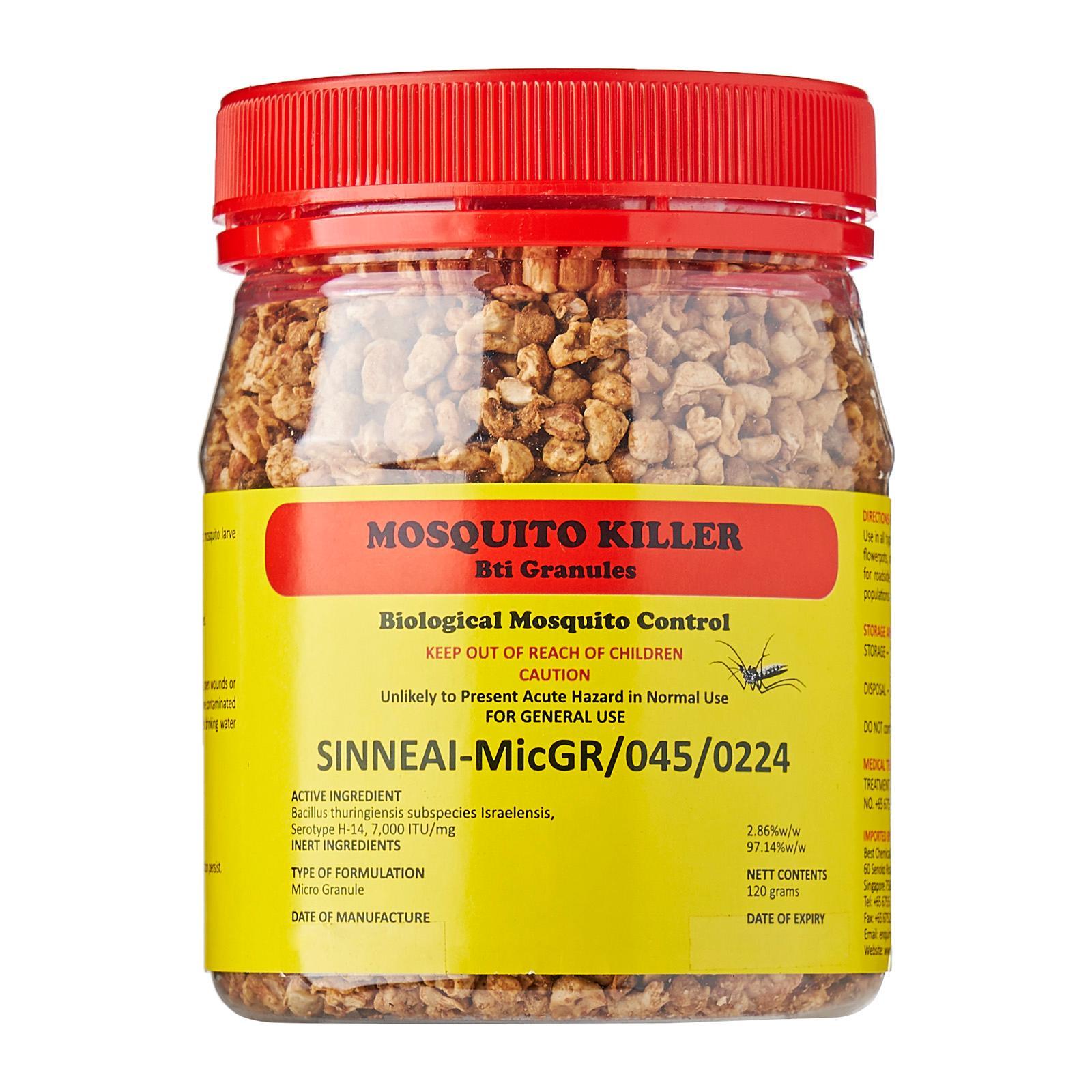So several moons ago I decided to pick up a Neoregelia Mooreana (sometime in June). That was my first serious foray into bromeliads; prior to this I’d toyed around with some minis (that didn’t make it because I’d kept them wrongly) but nothing serious.
Then I discovered… bromeliads.

My first Neoregelia. Grantedly, I bought this because of the name. Mooreana was one of the parent plants of T. Samantha (which I’ve never grown successfully).
This particular Mooreana eventually grew a pup (which I separated). The pup is growing pretty damn fast, and it’s going to reach mum size soon.

But I digress.
Bromeliads are interesting. The Bromeliaceae family encompass easily close to 90 species, including tillandsia, aechmea, neoregelia, dyckia, ananas (aka pineapple) etc. The list is long. I started off with neoregelias, which admittedly are easy to grow.
One thing I love about bromeliads is that it’s fairly pest free. I rarely see bromeliads being afflicted with mealies, though in extreme adverse conditions I have seen them battle spidermites (that said, they don’t go into the extreme declines tillandsia go into when affected by spidermites, personal opinion).
Bromeliads are tanks. If you’ve read my previous tillandsia posts about tanking, you’ll know it means that water should sit in the core. While that isn’t recommended for some tillandsia, for bromeliads (I keep neoregelias mostly), it’s a must.
With that though, comes the risk of mosquito breeding. Which is easily solved with a pellet or two of BTI in the core and regular flushing to prevent mosquitoes.

I do flush the core regularly, and I add BTI to my main water source so the water has the bacteria when I water my plants.
Bromeliad light requirements is, personally, a little higher than some plants. I place mine out in the open with one layer of shade-net, though I do have some that cannot do the direct sun route. If you do get them from a locally acclimatised source, most of them can easily take direct sun, but it’d be best to have at least one shade net over. Think vanda light levels, with a shade net.
With bright some, comes the brighter accents on the plant. I’ve got a few with colours; ‘Wine and Gold’ and ‘Little Louis’, as well as the ‘Mo Peppa Please’ and ‘Cheers’. Most of the colours have become extremely vibrant under bright sunlight. One of my unidentified ones has started showing speckling under full sun, whereas the rest are maintaining their colours.

With enough light, the bromeliad leaves become very glossy and hard. Not enough sun makes the colour fade, and with some bromeliads, the leaves become weak and floppy.
What about fertiliser, you ask? Nope, not necessary.
Most of my bromeliads are potted in coconut chips, though I have potted one in complete lava rock. They don’t seem to bother that much, I find? You can see some potted in cocochips, some in a pumice mix in the picture. They don’t seem to mind, which is why I like them.
Neoregelias aren’t fussy plants, give them sun and water and they grow. Unlike several relatives who need more tender loving care, bromeliads generally once given their basic needs will grow and come up with pups (which pop out on a stolon).
Isn’t it cute?
Now you’ll probably be asking. Where do I get these lovelies? I get mine from ArtureSG, who specialise in these gorgeous bromeliads. You can get in touch with them on Facebook, alternatively drop by their place at 70 Pasir Ris Farmway 3 Singapore, Singapore 518234.
